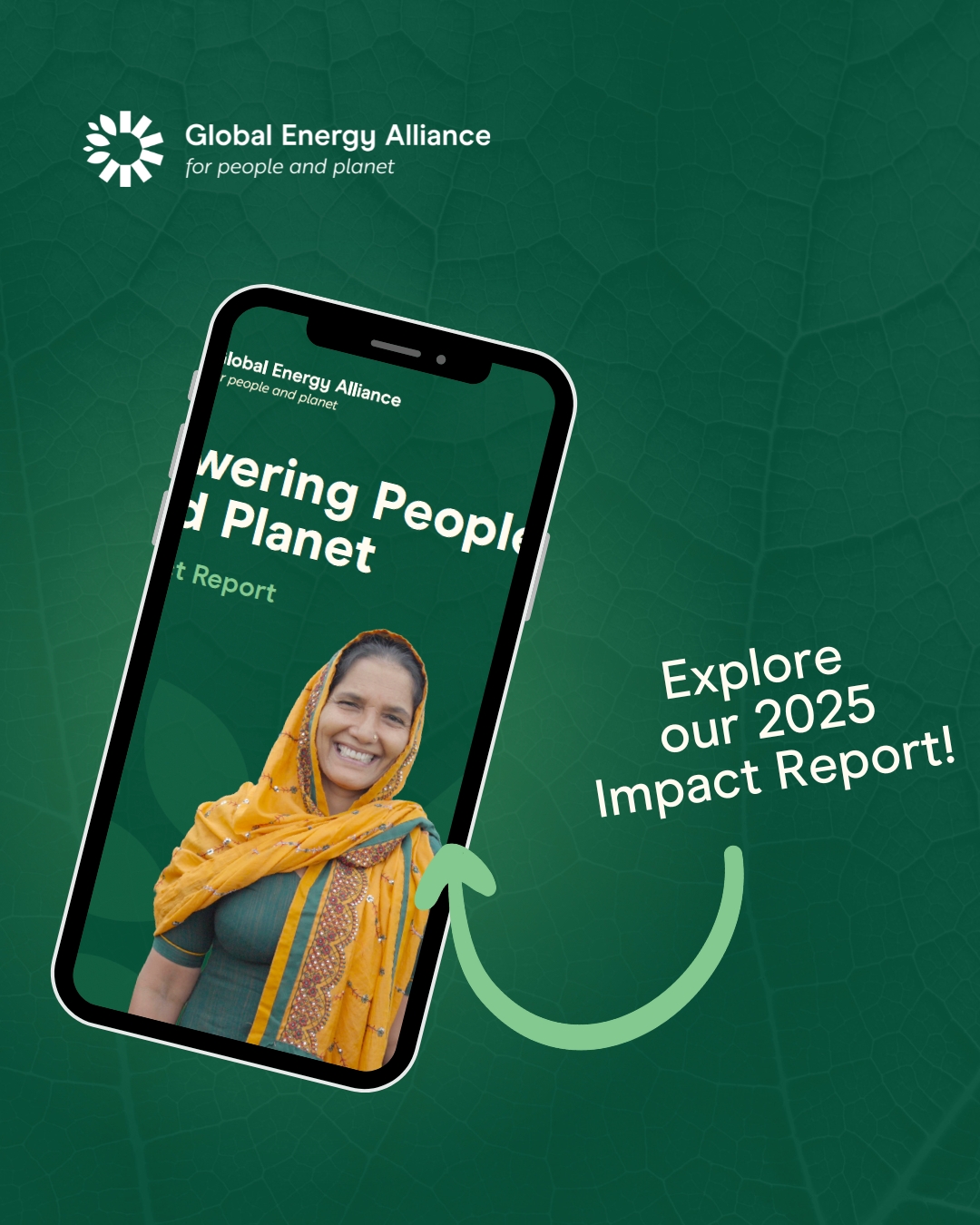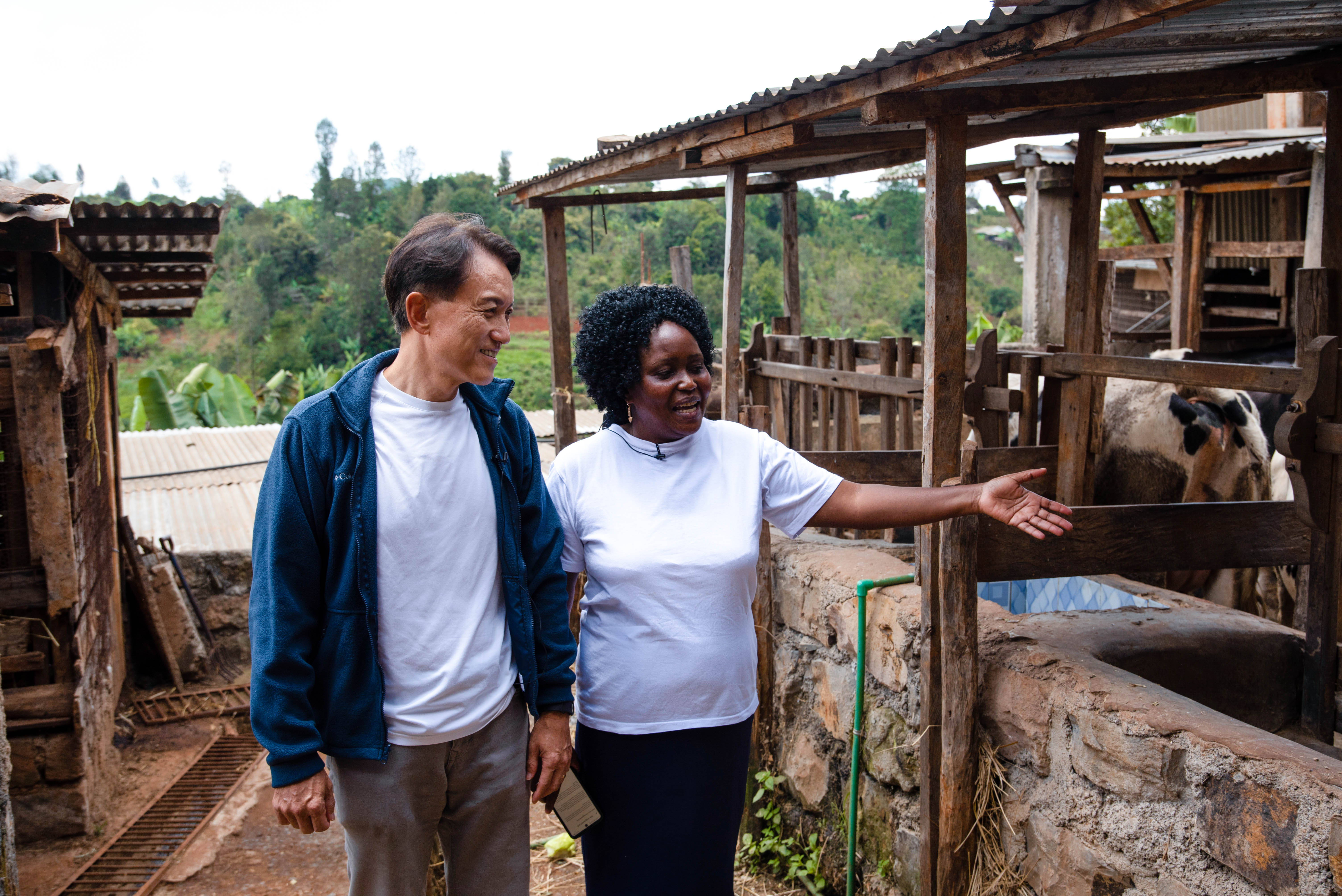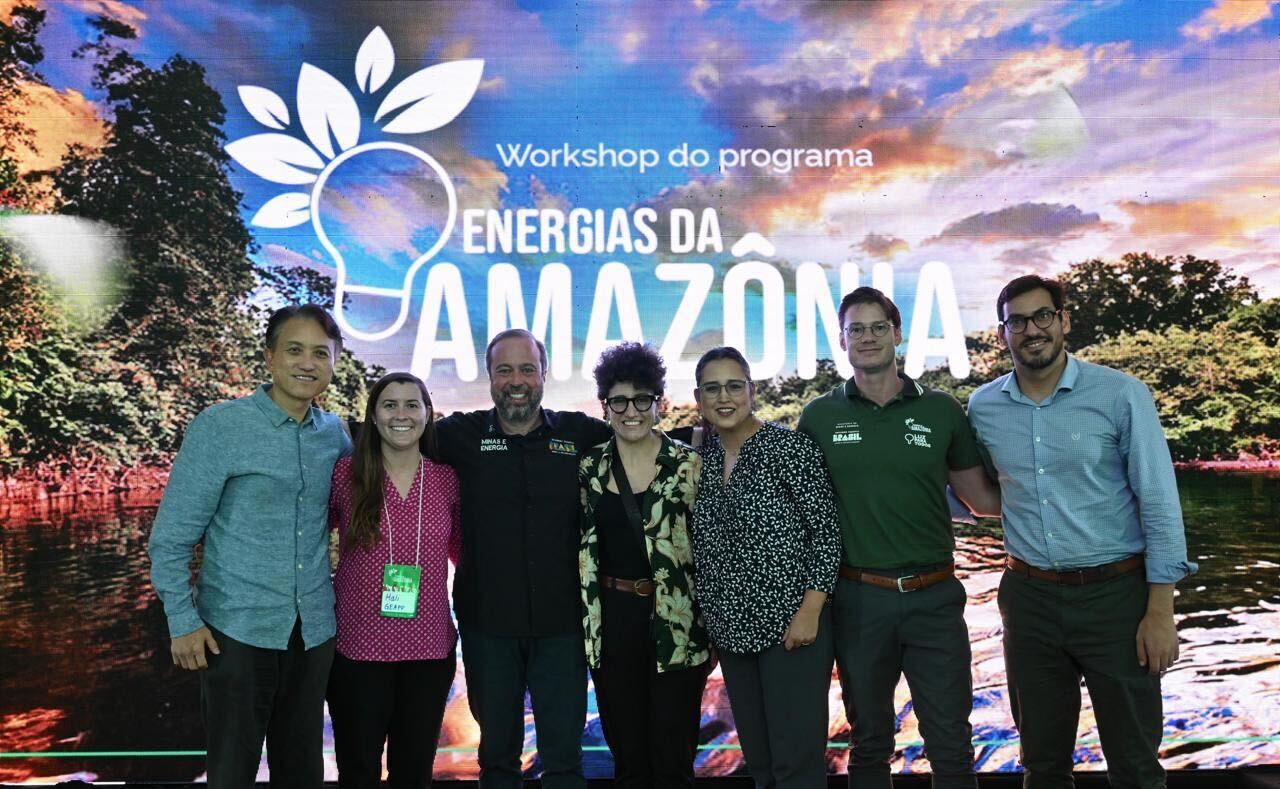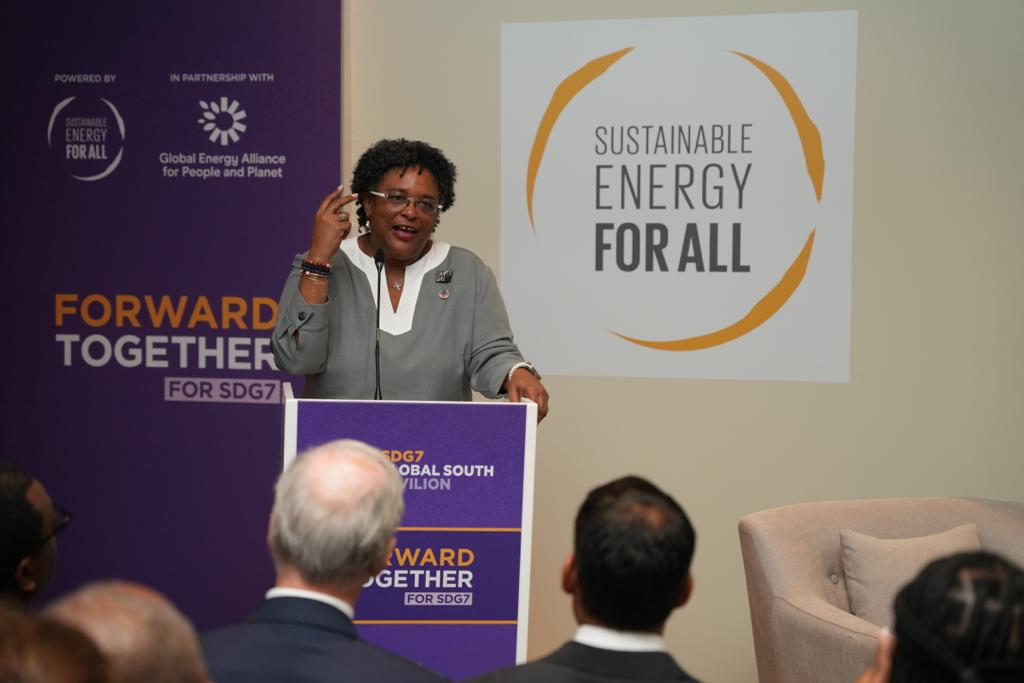The human side of clean energy transition: technologies powering livelihoods

The Power of change begins with people
In my travels across rural India and the island communities of Southeast Asia, I have learned that the story of clean energy is not just about solar panels and batteries, it’s about people reimagining what progress means for their families and communities.
When I met Dalmati Devi, an entrepreneur in Uttar Pradesh, India, she didn’t talk about kilowatts or solar panels. She spoke instead about comfort, being able to work anytime without waiting for electricity to return and about pride, having built a new home for her family from the earnings of her stitching centre, now powered by rooftop solar. With support from the Decentralized Renewable Energy for Women’s Economic Empowerment (DEWEE) programme, her business found stability and room to grow.
Thousands of miles away, on Seram Island in Indonesia, I met Mama Intan, a fisherwoman standing beside her solar-powered ice maker, a simple innovation transforming her livelihood. The ice maker allows local fishers to store tuna longer, fetch better prices, and reduce wastage. Through the Renewable Energy Access for the Last Mile (REAL) initiative, clean technologies like this are reaching remote islands, replacing diesel with reliable solar power. “Having steady ice means our work is valued,” she told me. “We don’t have to rush or lose our earnings to the heat.”
Stories like these remind us that the true promise of clean energy lies beyond access. It lies in the agency of people’s ability to work, earn, and move forward on their own terms. These encounters are not isolated; they are part of a much wider shift happening across Asia.
How decentralized renewable energy is reshaping lives
Across Asia, decentralized renewable energy (DRE) is redefining progress, shifting the conversation from energy access to livelihood opportunity, and placing people and their aspirations at the centre of the transition.
In India, women entrepreneurs are using solar-powered sewing machines, food processors, and silk-reeling units to run and expand their enterprises. Under DEWEE, a government-led initiative under the Uttar Pradesh State Rural Livelihood Mission, more than 1,000 women are already powering their businesses with solar energy. The results are tangible: higher incomes, reduced drudgery, and stronger leadership roles for women within their communities.
For youth, digitalization is opening parallel pathways of empowerment. Through programmes such as the Digitalization of Utilities for Energy Transition (DUET), young people are being trained as grid mappers and data technicians modernizing the systems that power their communities and preparing them for the clean jobs of the future.
In Indonesia, the REAL initiative is helping remote communities transition from diesel to renewables. For fishing villages, this shift has turned daily survival into sustainable livelihoods. With dependable energy, fishers like Mama Intan no longer have to rely on costly, polluting diesel fuel. They can process and preserve their catch locally, improving income stability and community well-being.
These examples illustrate a broader truth: when clean energy is decentralized, it does more than light homes, it powers local economies, creates new skills, and strengthens social resilience.
Building a collective movement: a call to reimagine energy
At the Global Energy Alliance, we see these stories as the truest measure of impact. By deploying concessional capital to de-risk innovation, the Alliance partners with governments, social enterprises, and grassroots organisations to integrate clean energy into existing livelihood programmes from India’s National Rural Livelihoods Mission to Indonesia’s Diesel Replacement Programme (DRP) by PT PLN, the state electricity company.
This approach recognizes that communities are not just beneficiaries but co-creators of the energy transition. When technology is adapted to local realities, when it listens before it acts, it becomes transformative. A solar sewing machine is not only a tool for production; it is a catalyst for independence. A solar ice maker is not merely a replacement for diesel; it is a promise of stability and dignity for those who depend on the sea.
Storytelling plays a powerful role in this transformation. It bridges data and human experience, reminding us that statistics about megawatts and emissions only tell part of the story. The real progress lies in how energy changes lives, how it helps people take ownership of their future.
Every story of change, whether it’s a woman powering her enterprise or a fisher preserving her catch, reflects one simple truth: the energy transition is, at its heart, a human story, one of hope, participation, and collective progress.



